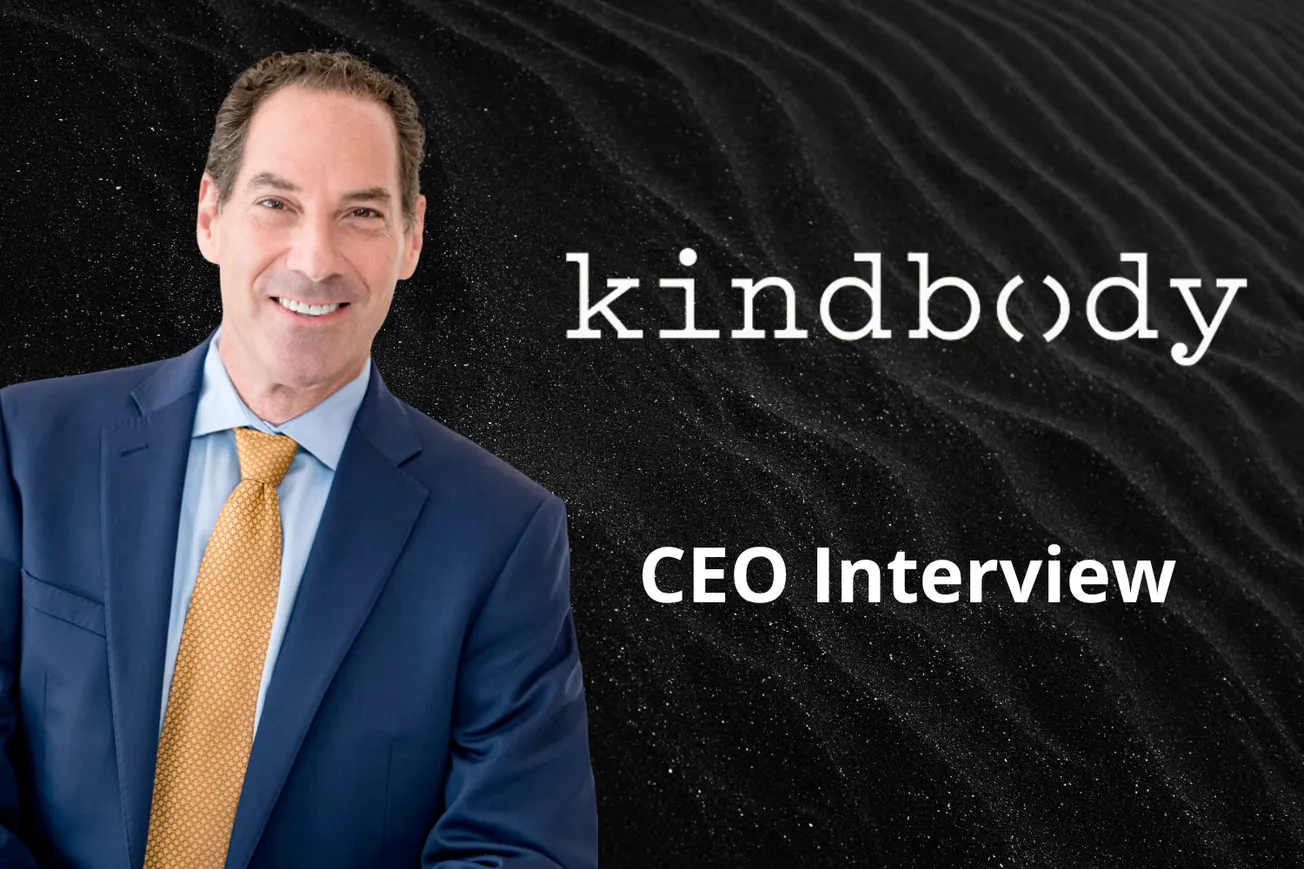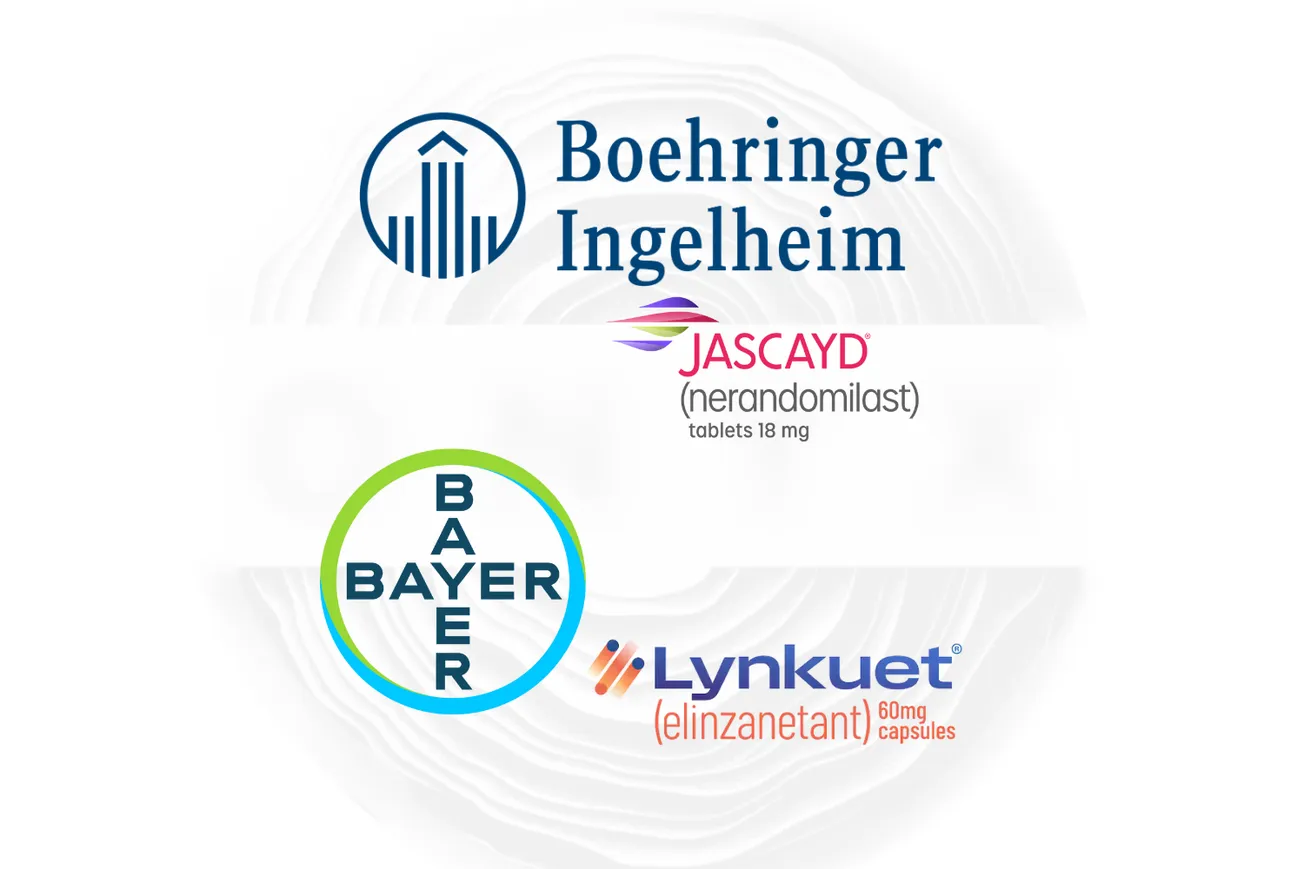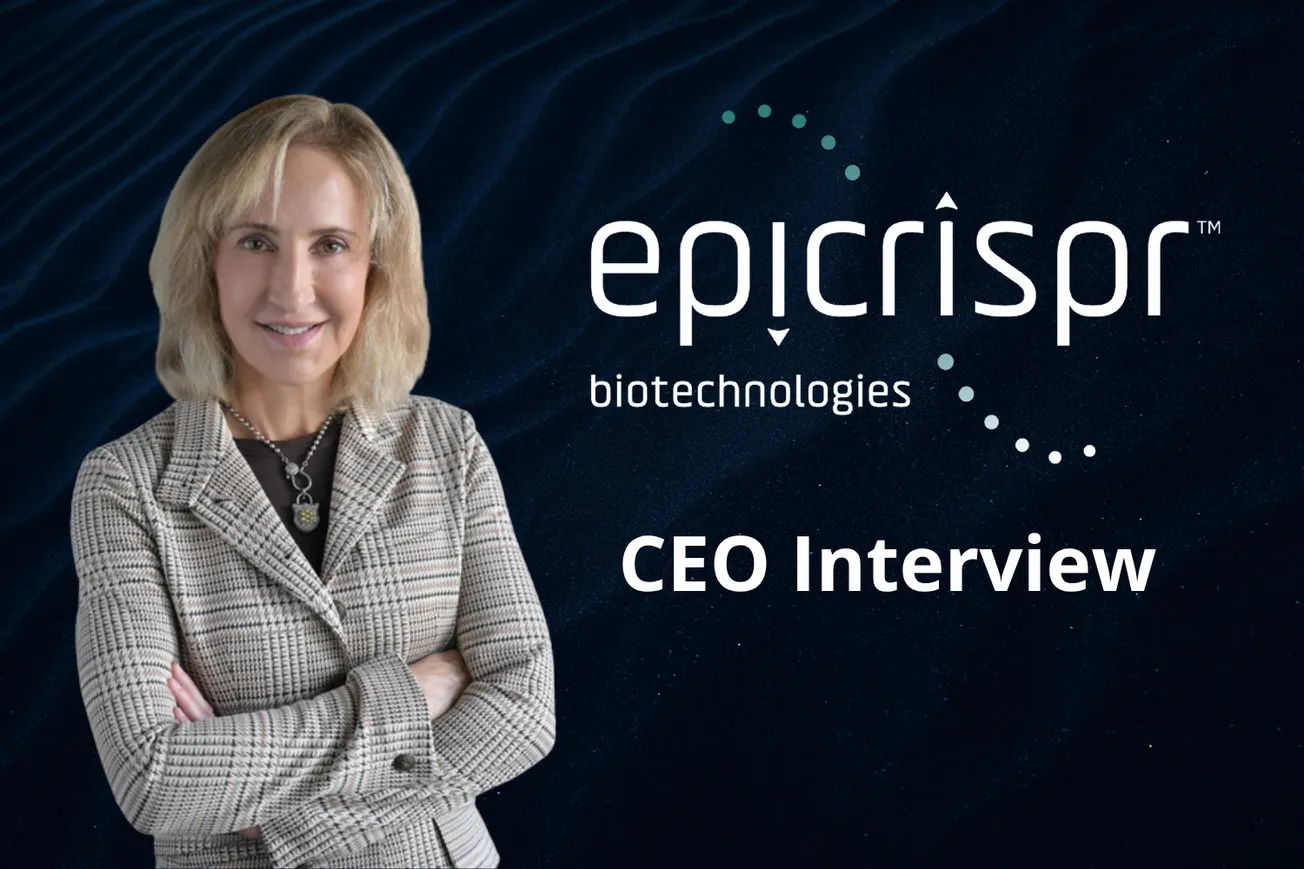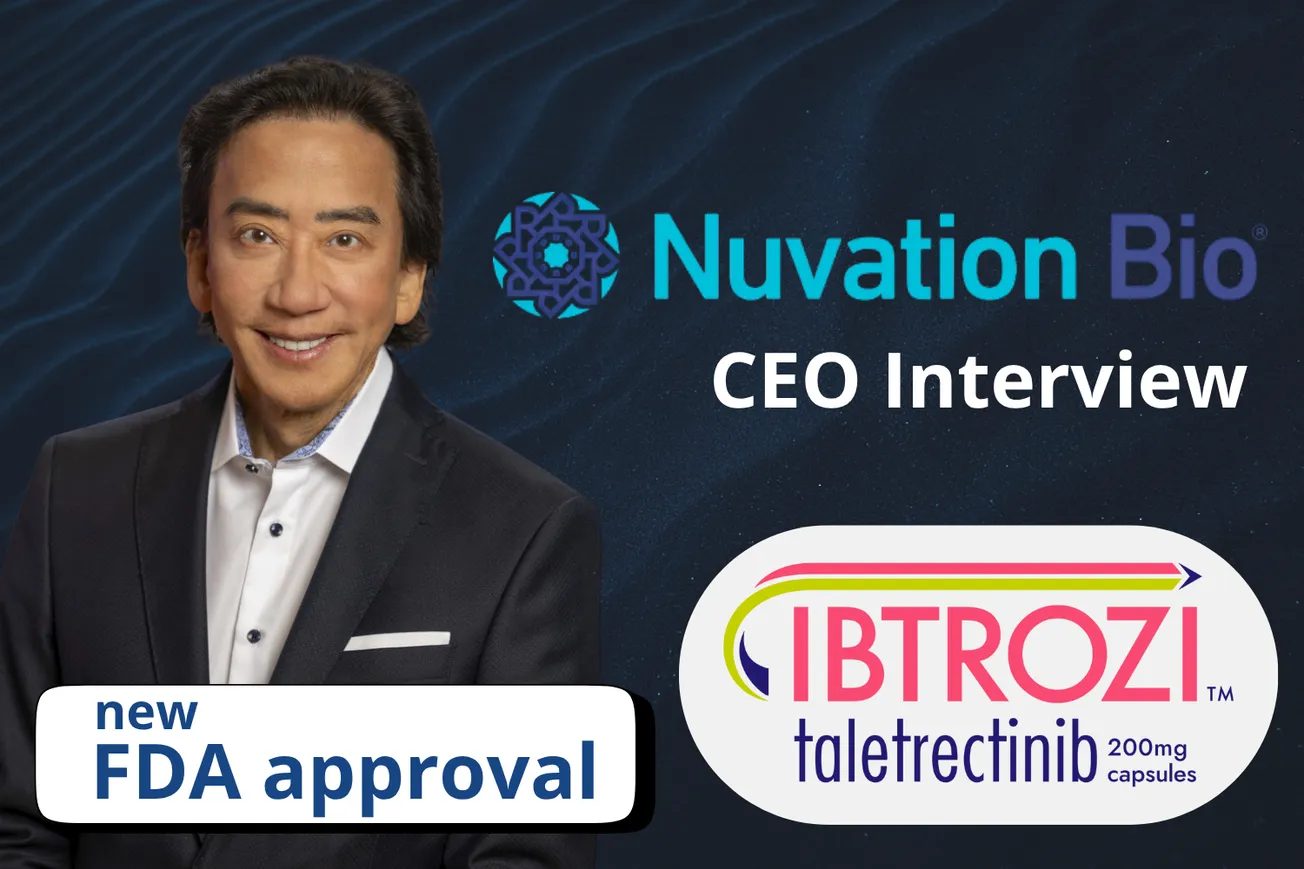Table of Contents
Could you start by introducing yourself and summarizing your career journey prior to becoming CEO of Kindbody?
I’ve been in women’s health and fertility my entire career - over 30 years. I started out, as I like to say, carrying the bag as a drug sales rep. I’ve got a biology degree with a minor in economics, and I was actually an Emergency Medical Technician, working summers on an ambulance in college. That experience convinced me I didn’t want to spend four years in med school - I wanted to get into the real world, use my science background, but not go down the physician path.
So I went into healthcare sales, got an MBA, moved into marketing, and eventually ran women’s healthcare for Organon. I launched about a dozen products - probably the most fun was NuvaRing (a monthly contraceptive), the first direct-to-consumer brand for the company.
After that, I went to Serono. At first, I did what I call my ‘washout period’ - three years in growth hormone and HIV, with no women’s health - before taking over the US fertility franchise and running commercial operations for six years. I took a couple of failing brands and turned them into successful ones.
When Merck KGaA bought Serono, I was promoted to run the global fertility franchise - R&D, commercialization, and M&A. I opened up fertility markets in China, Japan, South Korea, and the Middle East. One of the companies I was trying to acquire turned around and made me an offer, so I decided to go from a large biopharmaceutical to a small public startup. My startup career took me to four different women’s health focused companies. I was recruited to be CEO of a company who were developing a drug for bacterial vaginosis. We got it through the FDA, then sold to Lupin Pharmaceutical.
Later, I was CEO of Boston IVF. They were a regional medical group who were backed by a Global Spanish IVF company . I helped them to expand from five clinics to 12, acquiring IVF centers in Utah, Delaware, North Carolina, Ohio, and building a couple of de novo clinics. We sold to IVI RMA, backed by KKR, and I stayed on through the transition.
Then I joined Kindbody. What really drew me here is that it’s the only fertility business with both the clinics - like Boston IVF or US Fertility - and a fertility benefit manager business. That’s unique. In the U.S., infertility isn’t universally covered. Only 16 states mandate insurance coverage. The other 34 don’t. So what Kindbody does is deliver dedicated fertility coverage solutions to employers.
We now have around 135 employers - Walmart, Medtronic, Lyft, Geico - covering more than 2.5 million lives globally, across 113 countries. And those employees can come to our own clinics, or to one of about 400 partner clinics.
One of the striking things about Kindbody is its investment in integrated clinics with onsite labs and digital platforms. How does that translate in outcomes compared to fragmented care?
We’ve been laser-focused on standardization in our embryology lab. Our Chief Science Officer, Jason Barritt, and our Chief Medical Officer for lab operations and genomics, Dr. Amber Cooper - both with over 20 years in the field - have spent the last 18 months standardizing protocols, equipment, and the media we use. Now, across our IVF labs, everything’s the same. That’s raised success rates dramatically. We’re now among the best in the U.S. for live birth rates.
That matters on the benefit management side. We have service level agreements - SLAs - with employers. We can guarantee results above the national average published by CDC. Because we run the labs ourselves, we control quality, and we curate our partner network to the same high standards. Several of our Kindbody clinics have been awarded gold recognition by the Society for Assisted Reproductive Technology.
On the tech side, we have built our own EMR and patient portal. A woman in IVF might be in for bloodwork or ultrasounds several times a week. Through the portal, she receives the scheduling, dosing reminders, lab results - all of which is integrated and designed in-house.
IVF and egg freezing are highly capital intensive. How do you balance affordability with growth?
Part of the mission here is that everybody should have access to care, no matter their situation. Sometimes that means going to one of our Kindbody clinics, in places like New York, LA, and San Francisco. Sometimes, it’s through our partner network.
We’ve also built clinics where there was literally no access to care nearby. Take Bentonville, Arkansas, where Walmart’s HQ is situated. The nearest IVF center was four hours away, so we built one! Now, people drive in from Tulsa, OK or northeast Texas. The same was done in parts of the Midwest. It’s all about broadening reach.
We also offer a full range of family-building services, not just IVF and egg freezing but also surrogacy, adoption, donor eggs and sperm, and doula care too. We have Kindbaby, Kindmale, and mental health counselors for miscarriages. It’s what we call ‘Kind360’ - encircling the entire journey.
In terms of your mission for 2025 - who are you trying to reach?
Employers are the priority. The U.S. clinic market is about $10 billion, but the fertility benefit manager market is another $7-8 billion. There are fewer players - namely Progyny, Maven, Carrot, and us. What differentiates us is the vertical integration: clinics, Kindlabs for embryo genetics testing, and the benefit manager insurance. Nobody else offers that full stack.
As more Fortune 500s adopt family-building benefits, have you noticed any trends in demographics?
Yes - and it surprised me. Coming from the clinic side, you’d think that this is just for tech companies, the Googles and Metas. But we’re in 10 industries. Walmart associates, Bridgestone factory employees - they’re all accessing care. It’s not just executives. Shelf-stockers, truck drivers - they’re using the benefit. That’s the deeper reach that people don’t realize. In many cases, due to the high cost of treatment, these employees would not be able to build a family without the employer benefits.
Looking five or 10 years out, what breakthroughs could be radical for fertility care?
What excites me is how far we’ve already come! Fifteen to twenty years ago, a woman under 35 had a 20% chance of live birth per IVF cycle. At Kindbody, today, it’s mid-60s. Mother Nature herself is only 8–10% per month. That’s thanks to lab improvements: media, incubators, embryo selection, and genetic testing.
But the real disruptor is AI. Instead of a 45-minute intake call, AI can ask the right questions, capture history, and route patients to the right treatment and doctor. By the time they sit down, the doctor already has what they need.
New patients might arrive with 200–300 pages of history. Today, a nurse practitioner spends an hour reviewing that. AI can condense it into a two-page highlight sheet in 45 seconds! The clinician still validates, but it saves enormous time.
Traditionally, scanning ovarian follicles takes 10–15 minutes per ovary. Now, with AI, it’s 10 seconds per ovary. Data goes to the cloud, follicles are measured more accurately than by a human, and the results are sent back in real time. So, instead of a 15-minute scan, it’s 20 seconds, and more accurate.
These aren’t five- or ten-year ideas. They’re one- to two-year realities.
Finally, across your career, what’s the secret sauce to leadership?
For me, it’s credibility, accountability, and trust. At Boston IVF, the first thing I did was sit down with every doctor and I asked them: ”What’s good? What’s bad? And what should I focus on?”
I’ve been in the seat here as CEO for 10 weeks, and, in the first eight, I visited 19 of our 27 locations. I met doctors, nurse practitioners, PAs, and other staff members. I wanted to be in the weeds to see first hand our operations and meet our team.
I went to the board after week three and said: “Boom, boom, boom, boom - here are my observations, here’s what I’m changing.” I reorganized for efficiency, and crucially, we’ve now started doing P&Ls at the clinic level. Chicago looks nothing like San Francisco or Dallas. You can’t run them all the same way.
The bigger point is this: our people are on the front lines, delivering care at the most stressful time of someone’s life. If they’re not confident in the mission or if they’re not engaged, the patients will feel it. Our mission of helping people to become parents is amazing! We want patients to look back and say: “It was stressful, but I know the care that I got at Kindbody was best-in-class.”
That’s what drives me.






